Time-traveling to understand the history of caste and genomic evidence of our origins
- Dignity Post
- 27-10-2023 05:02
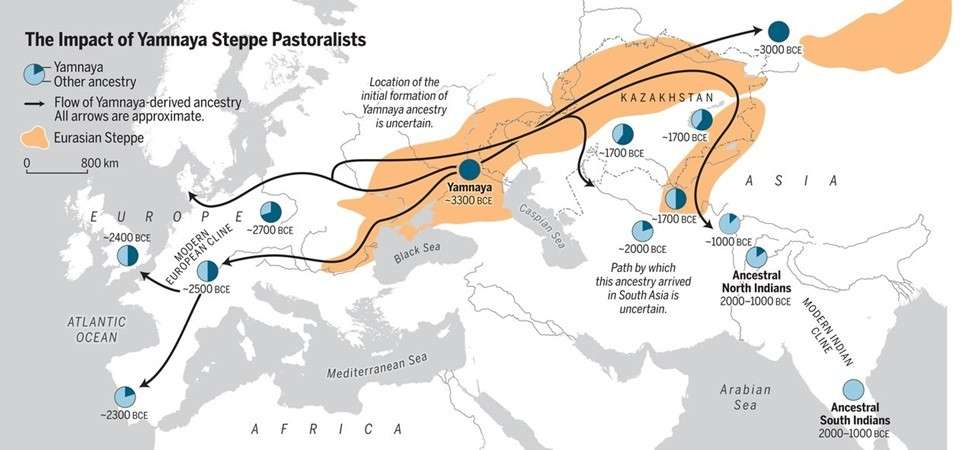
The Bronze Age spread of Yamnaya Steppe pastoralist ancestry into two subcontinents—Europe and South Asia. The pie charts show the proportions of Yamnaya ancestry, and dates reflect the earliest available ancient DNA with Yamnaya ancestry in each region. Source: David Reich’s group at: SCIENCE, 6 Sep 2019, Vol 365, Issue 6457, DOI: 10.1126/science.aat7487.
Dr. Drona Prakash Rasali
The science fiction of time travel is well known for telling the stories of societal anomalies or socio-economic disparities because a cross-sectional view of any happening will not tell the whole story. H.G. Wells explained why time as the fourth measurable dimension is important, as traveling over time demonstrates vividly the growth or change, positively or negatively, through periods of time in a particular place or event. A similar fictional phenomenon was portrayed in Hollywood movies- Back to the Future and The Adam Project. More recently, Oded Galor, an Israeli-American Professor of Economist time-traveled in his Journey of Humanity book to explain the inequality in the existential reality of mankind that has made enormous unimaginable progress in terms of their own cognitive ability to change the whole world, using innovation in science and technology, especially over the last few centuries. Looking at any one point in time, it could well be seemingly a natural development. However, if we imagine traveling in the same place between different time points, say over a century, the progressive change would have been so humongous that it would look as if impossible to happen in the future from the preceding century back in time. Likewise, traveling back in time, we could visualize how crude and ruthless mankind could have been, especially when we think about creating a social norm to divide people into different categories called race or caste of persons that is determined even before their birth, and segregating and discriminating them for the rest of their life.
When time-traveling to ancient time through scriptures and literature, I find that the earliest documented notion of segregation of people is the hierarchical division of people in ancient India based on 4-Varnas in Purush Chapter of Rigveda (c.1500–1000 BCE), the oldest known religious scripture in the world. Listening to the sounds of the sacred scripture lines, however, it might have been originally a metaphoric symbolization of various parts of the human body of what was conceived as a Cosmic Being assigned to the four divisions of individuals by their deeds (Karma), not so by descent (birth). Unfortunately, the notion evolved into descent-based division of labor forming socio-cultural constructs of castes. The Vedic period, the time of transcribing oral recitations to written scriptures of four Vedas- the Rigveda, the Yajurveda, the Samaveda and the Atharvaveda, was followed by Manu Smriti period (1250 to 1000 BCE, Sir William Jones et al.; later 1st to 2nd CE), when on the advice of several sages, a consortium of Manus seemed to have promulgated a sacred code of law, called “Manu Smriti”, consolidating the knowledge and existing practices into a hardened codes of conducts primarily for managing the then evolving Apartheid structure as per their envisioning. It was evidently after the fall of what was once vibrant Indus Valley Civilization that the Manu Smriti decreed a rule of law to ensure the supremacy of Brahmana, a caste group calling itself of highest order, as divinely bestowed by Brahman (Brahma), the creator of the Vedic world.
Manu Smriti institutionalized an Apartheid division of labor by caste, as evident from some of the excerpts of its verses that run as follows (source: IndiaDivine.org:
- “1.87. But in order to protect this universe He, the most resplendent one, assigned separate (duties and) occupations to those who sprang from his mouth, arms, thighs, and feet.”
- “1.88. To Brahmanas he assigned teaching and studying (the Veda), sacrificing for their own benefit and for others, giving and accepting (of alms). “
- “1.89. The Kshatriya he commanded to protect the people, to bestow gifts, to offer sacrifices, to study (the Veda), and to abstain from attaching himself to sensual pleasures;”
- “1.90. The Vaisya to tend cattle, to bestow gifts, to offer sacrifices, to study (the Veda), to trade, to lend money, and to cultivate land. “
- “1.91. Only the lord prescribed one occupation to the Sudra, to serve meekly even these (other) three castes.”
- “1.93 As the Brahmana sprang from (Brahman’s) mouth, as he was the first-born, and as he possesses the Veda, he is by right the lord of this whole creation.”
- “1.100. Whatever exists in the world is, the property of the Brahmana (caste); on account of the excellence of his origin The Brahmana is, indeed, entitled to all.“
- “2.135. Know that a Brahmana of ten years and Kshatriya of a hundred years stand to each other in the relation of father and son, but between those two the Brahmana is the father.”
Mahatma Gandhi, despite being a devout Hindu, found Manu Smriti in several inconsistent versions, and declared many verses from those versions as absurd to agree with. Dr. B.R. Ambedkar rejected it totally as it was abusive and severely harmful to millions of Dalits. In the present-day politics of statehood across sovereign countries around the world, these so-called sacred laws, which are so egregiously unjust Brahmin supremacists in the 21st century, are no longer tenable, applicable, or relevant for any consideration of existential human realities. However, the rudimentary notions of these laws remain still alive as the traditional superstitions strongly entrenched in the minds of about a billion people who are privileged at the heavy cost of life, dignity, health and emotional well-being of millions of people in several countries in South Asia and beyond. This is concerning to the extent of calling for global action in the 21st century, as we no longer live in the ancient feudalist post-Indus Valley civilization nor medieval nor colonial era. Still, indeed we live in an era when anthropological and scientific (genetical) evidence can shed light on where we came from and how we got here [Note 1].
Evidence of origins
Research analyzing ancient human genomes compared with the present-day populations has shown that the present-day Europeans mainly came from three ancestral populations in the admixtures with few other fringe ancient populations. These three were: 1) European hunter-gatherers, who were themselves formed out of a series of population transformations, 2) First farmers in Germany, Spain, Hungary, Anatolia 8,800-4,500 years ago, genetically similar to present-day Sardinians, who originally landed from Anatolia, and 3) Pastoralists from Yamanya herding culture that emerged around 5,000 years ago from various previous cultures of Steppes and around, that spread over Eurasia with the advantage of their wheels, cattle, sheep and horses [Note 1]. Thus, the present-day Europeans called Caucasians are ancestral admixture largely of at least these three groups of ancient origins.
Likewise, based on the ancient human genomes studies [Note 1], the present-day South Asians are grouped into ancient origins comprising three ancestry clines that were geographically and temporally diverse South Asians since the Bronze Age: 1) a mixture of Indigenous South Asian hunter-gatherers, 2) Indus Periphery Cline group with predominantly Iranian farmer–related ancestry, and 3) Central Steppe Yamnaya culture pastoralists who spread to eastwards from Steppes via Caucasus valley, with the advantage of their wheels, cattle, sheep and horses (Indus valley civilization collapsed 4,000 to 3,000 years ago) [Note 2]. The invading newcomers who would soon called themselves “Aryans” meaning nobles, collated local cultures and combined with theirs, to promulgate new orders based on the Vedic culture, establishing their supremacy by defeating Indigenous population groups they called “Dasa” meaning slaves, who were largely Dravidians and other Indigenous groups. Current day South Asian populations, despite the strict codes of endogamy enforced by Manu Smriti around 3,200 years ago for ancestral “purity”, became admixtures of all contributing populations whose languages originated from Indo-European, Dravidian, Sino-Tibetan, Austroasiatic and other groups. Geneticist David Reich’s group agreed to classify the diverse admixtures of Aryans, Dravidians, Indigenous and other groups of India into two major clusters (groups) as Ancestral North Indians (ANI) and Ancestral South Asians (ASI) [Note 1]. Despite hardened codes of endogamy enforced for centuries in the name of “purity” of the caste lineages, no caste group today is found to be purely from one lineage. They all inherit the admixture of ancient ancestries in varying proportion of their ancestral compositions confirming the socio-cultural constructs of castes.
The author is the 2023 Fulbright Canada Research Chair in Race and Health Policy at the Cecil C. Humphreys School of Law, University of Memphis, Tennessee, an Adjunct Professor at the School of Population and Public Health, University of British Columbia, Canada, and a Fellow of American College of Epidemiology. He can be reached at: dprasali@memphis.edu.
Notes:
- David Reich. Who We are and How We Got Here: Ancient DNA and the New Science of Human Past. Pantheon Books, New York and Oxford University Press, Oxford ,2018.
- Narasimhan, VM et al. including Reich, D. The formation of human populations in South and Central Asia. Science. Science365, eaat7487 (2019)6. https://www.science.org/doi/epdf/10.1126/science.aat7487.


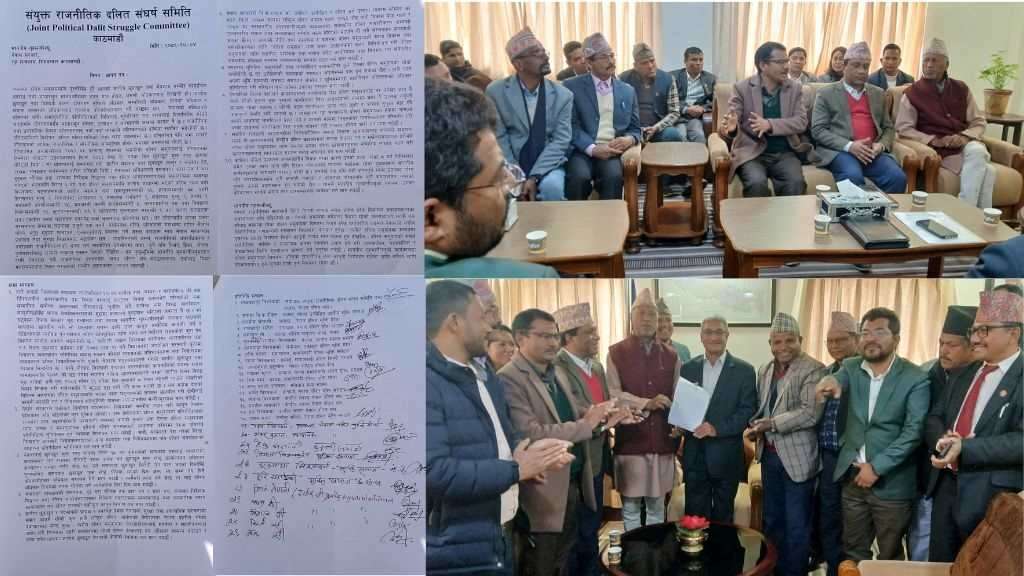
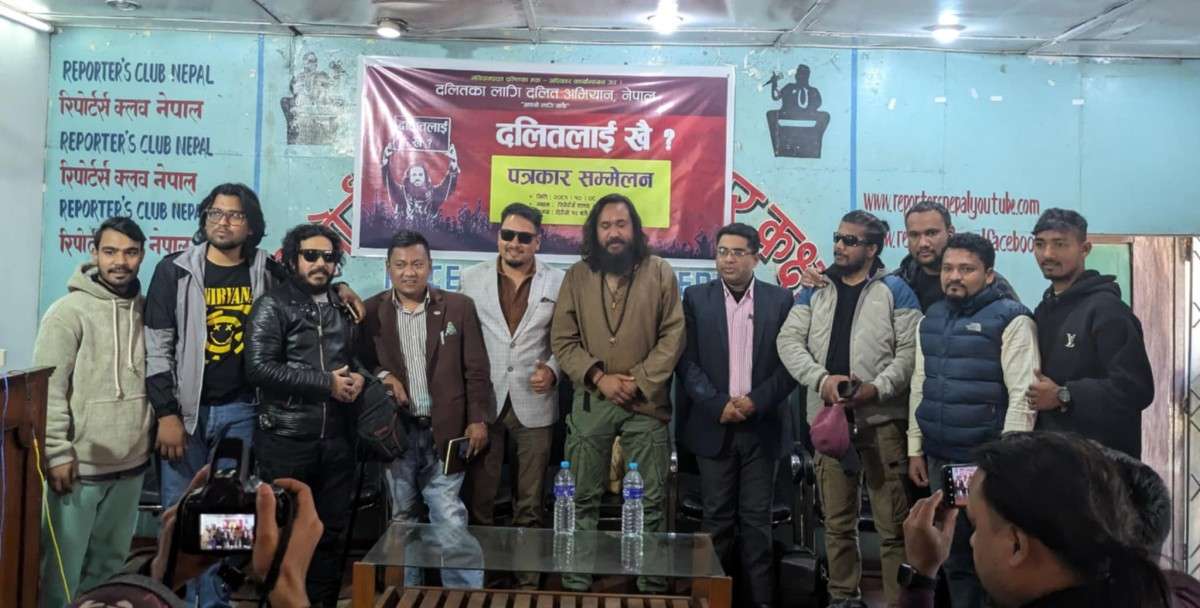
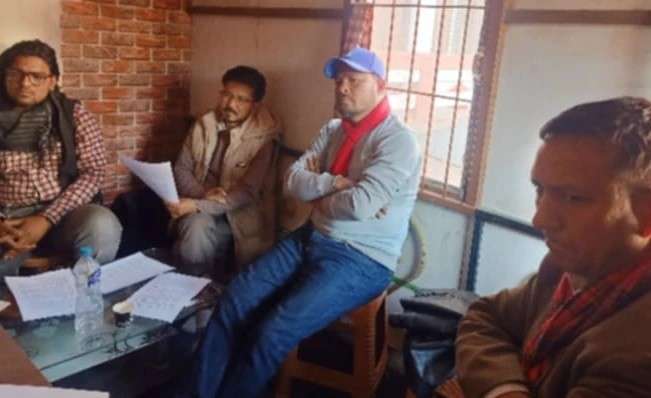

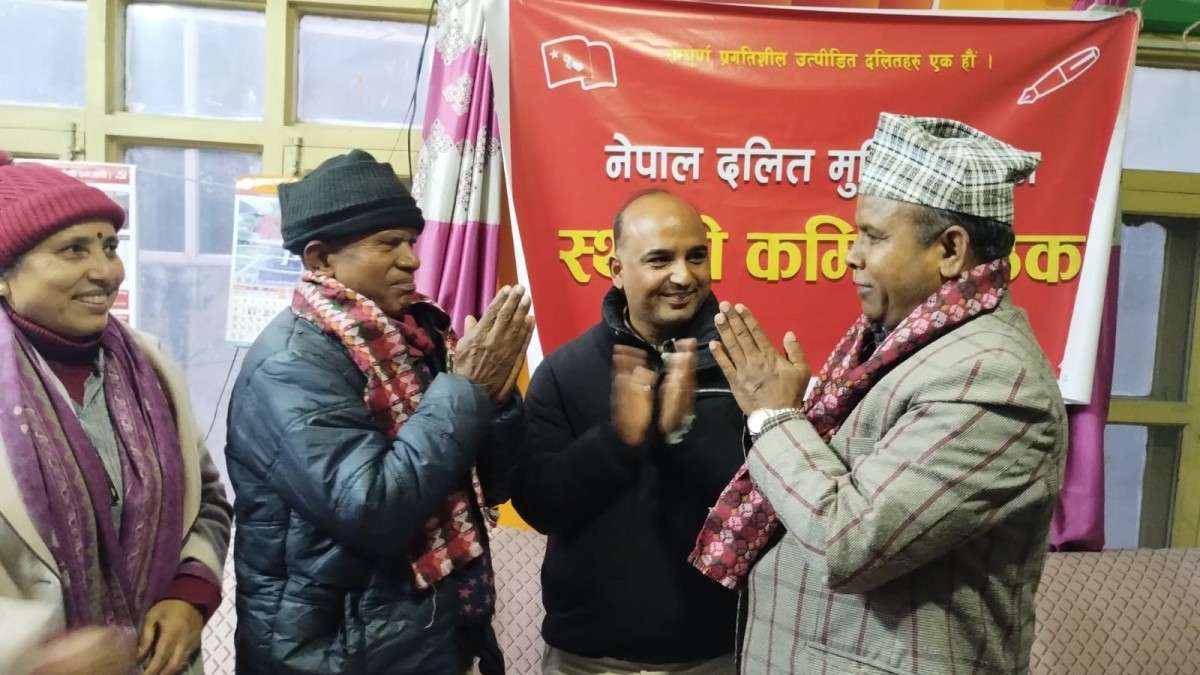
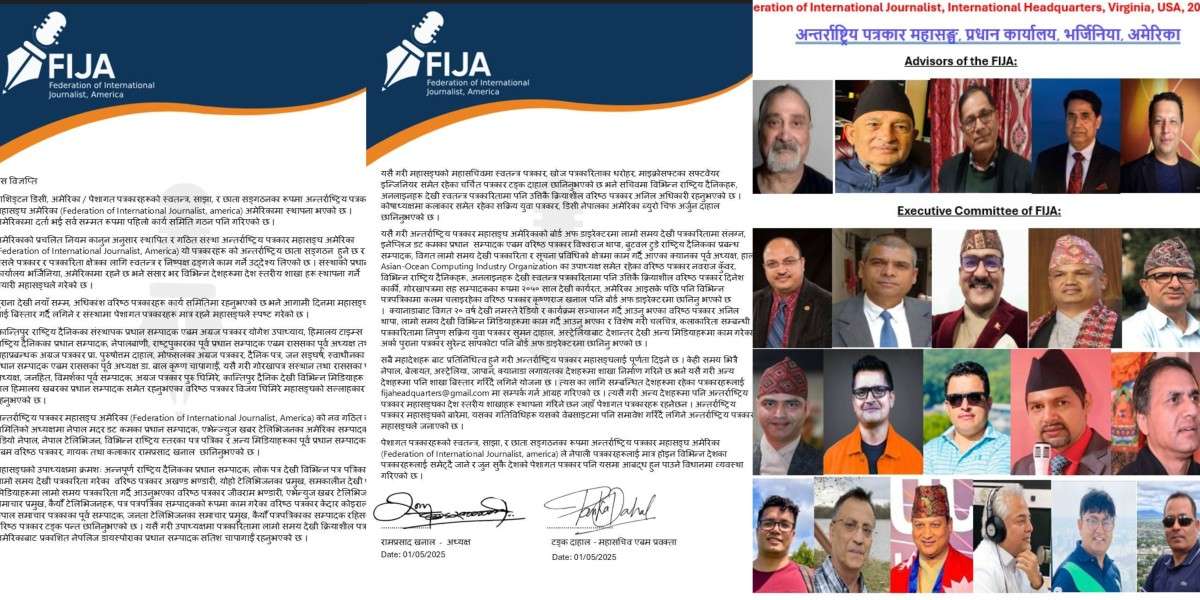



Conversation